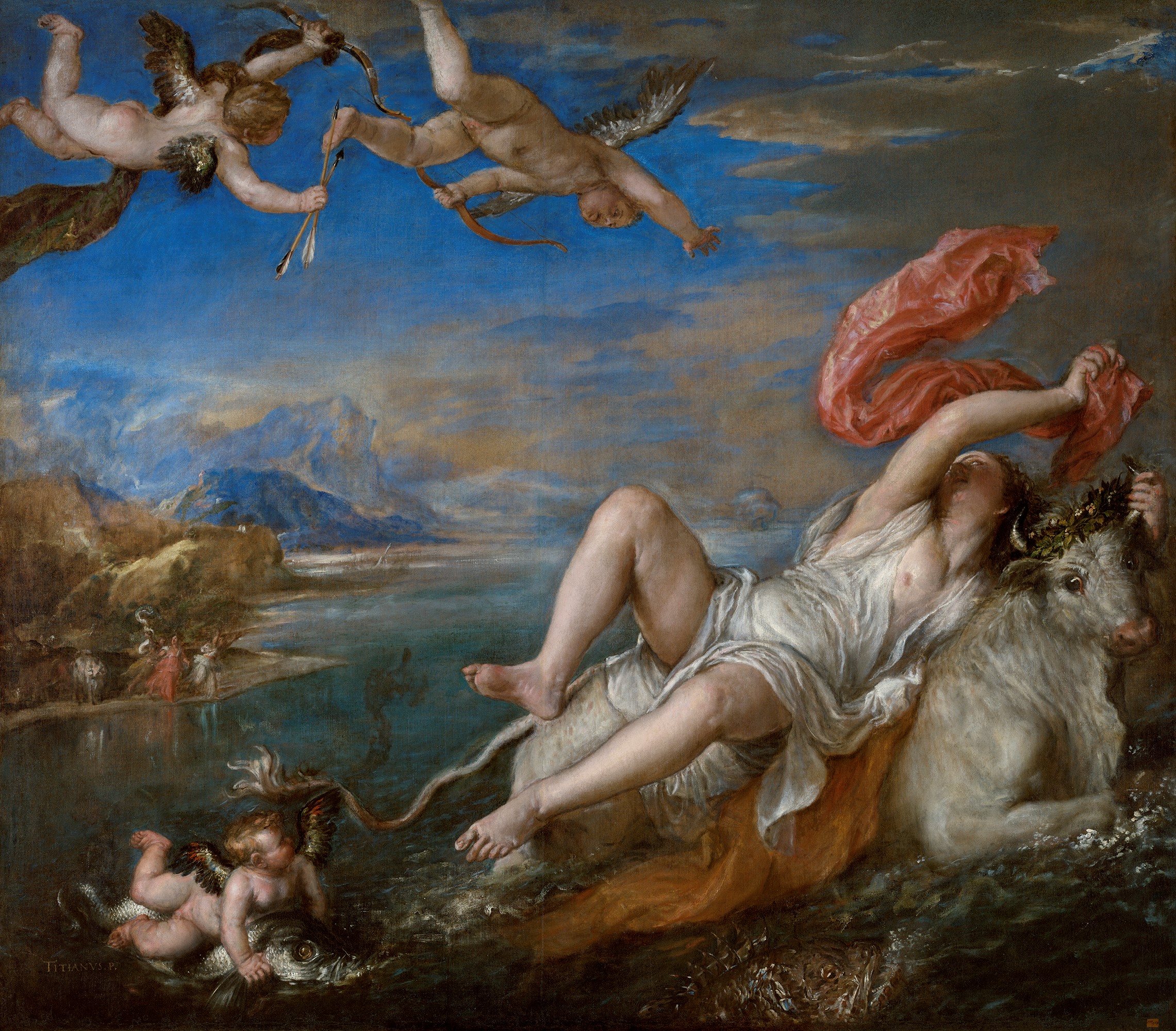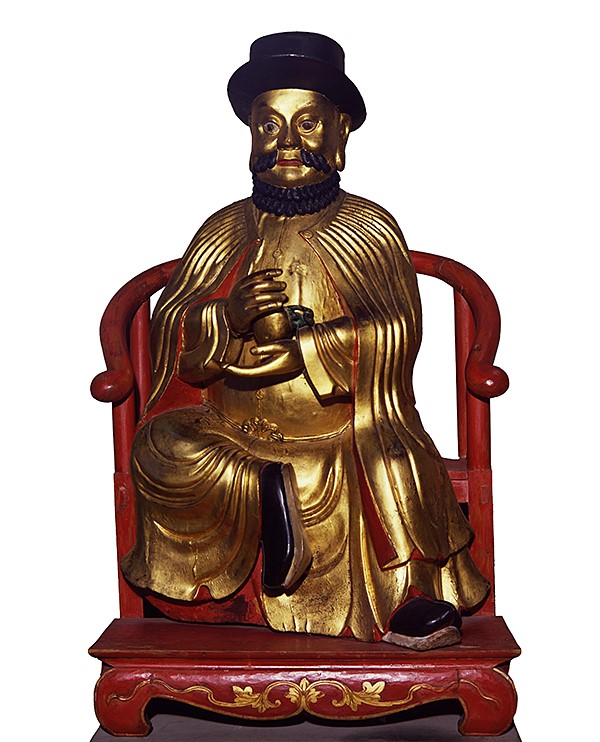Nasser Rabbat, Where Europe Begins and Where It Ends?
It is said in the myths of the Greeks that the Phoenician Princess Europa was playing on the seacoast of her city of Tyre with her attendants when she was lured by the great Greek God Zeus who had disguised himself as a white bull and abducted her to Crete where he made her queen. Figure 1 : Titian, The Rape of Europa, ca. 1560/1562, oil on canvas, Isabella Steward Gardner Museum, Boston. Source: Commons.wikimedia.org Europa eventually gave her name to the continent north of Greece in a clear symbolic reference to the passing of Civilization from the East Mediterranean to the continent that was hitherto nameless, and thus unselfconscious. This mythical cycle was completed by the story of Cadmus, Europa’s brother who was sent by his father, the king of Tyre, to look for his kidnaped sister. Cadmus did not find her, but he ended up settling in Greece and founding the city of Thebes, of which he became king. He then taught the Greeks the Phoenician alphabet, from which the Greek alphabet was derived; that is, Cadmus gave [...]



